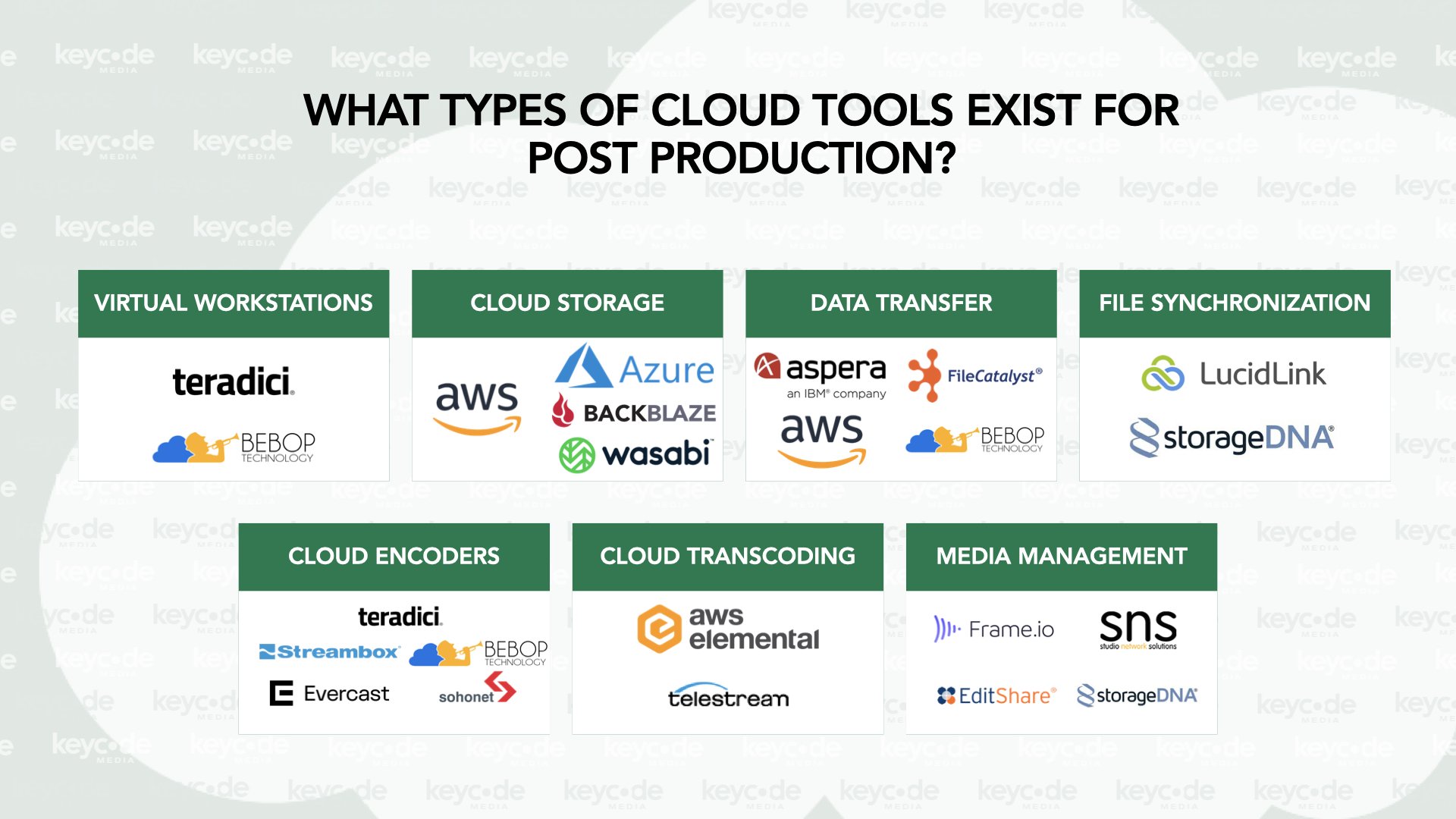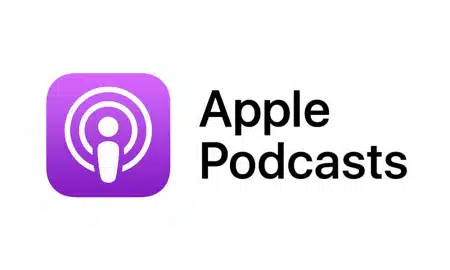One of the most fascinating areas of technology over the long strange trip that this past year has been Cloud technology’s advancement into Post Production. When production teams- editors, colorists, producers- all had to start working from home, creative facilities had to rethink the fundamentals of operating a post production. All sorts of solutions solved parts of the puzzle for remote work in 2020– but now that the dust has settled- our industry is starting to evaluate their entire post production ecosystem and determine what makes sense to lift-and-shift into the cloud- or what incremental steps can be taken to transitioning everything to the cloud.
In the video above, we invited some of our top cloud post production experts- including Michael Kammes at BeBop Technology, Ian Main at Teradici, Ian McPherson at Amazon Web Services (AWS), to discuss Cloud Post Production solutions in 2021, security, compatibility, and the type of new jobs these roles may create in the future.

What Types of Cloud Tools Exist for Post Production?
- Virtual Workstations – Virtual Workstations help editors access powerful creative computers hosted in the cloud, using control protocols like PCoIP-
- Cloud Storage – Cloud Storage provides tiers of fast active or slow archive storage. There are also storage filesystems that can be overlayed in the cloud-like Avid and Editshare EFSv, which mirror how facility storage works and responds- but in the cloud.
- Data Transfer– enabled quicker delivery of media in & out of the cloud.
- File Synchronization – gives users the ability to view and edit all cloud-based media. Download files that you need locally- or just use media on your timeline streaming from the cloud.
- Cloud Encoders – enabled high-quality video streams from the cloud- for editors at home or ‘over the shoulder’ review & approve.
- Cloud Transcoding – highly scalable systems that process media at levels that would be cost-prohibitive for on-prem.
- Cloud Media Management tools – allow your media asset library to be accessed by a team or clients via a web browser, with tag, comment, download, and a host of features for teams.
NLE Impact On Cloud Solution
When it comes to Non-Linear-Editing collaboration in the cloud- the approaches vary by software preference.- Avid Media Composer– just announced Avid Edit On Demand- which is a packaged solution including an Avid virtual workstation, data transfer, and collaboration functionality.
- Adobe Premiere Pro – Adobe recently invested in cloud startup Lucidlink, which provides cloud storage and synchronization functionality- allowing editors to edit multiple streams of video from the cloud- on their home Adobe desktop application. A cloud hybrid workflow.
Examples of Vendor Services By Cloud Post Production Solutions
- Virtual Workstations – Bebop Technology and Teradici provide zero clients and thin clients so customers can edit using high-powered virtual workstations with most NLE and imported Plug-ins built right in.
- Cloud Storage – Amazon AWS- Simple Storage Service or S3 provides just that- simple storage- and is the most commonly used. There are six Amazon AWS cloud storage products available- but it’s worth mentioning Amazon Glacier which is cloud archive storage. Some providers like Avid’s Edit on Demand, and EditShare’s EFSv provide entire file system ecosystems which provide common facility-level tools over your cloud storage.
- Data Transfer Tools – if you’re using a BeBop solution, BeBop Rocket quickly moves media into your cloud storage. Amazon AWS Snowcone is another popular premise-to-cloud data moving tool.
- File Synchronization – Lucidlink was discussed earlier as an easy ‘dropbox’ like functionality for video. However, when it comes to having many editors using multi-cam or large amounts of media- storageDNA fabric provides an enterprise approach to syncing files at a facility and at multiple at-home editor locations.
- Cloud Encoders – Depending on the application- BeBop REV allows real-time ‘over the shoulder’ collaboration within their ecosystem. Teradici uses PCoIP to provide secure high-quality control for the remote.
- Cloud Transcoding – Telestream Vantage Cloud Port can simultaneously process premise and cloud-based content in a single workflow.
- Cloud Media Management tools – FrameIO and others have review and approval cloud workflows that keep teams in tight communication- even when team members are from outside your organization

Why is Key Code Media Discussing Cloud Post Production?
- For over 20 years, Key Code Media has been installing for broadcast, tv & cinema, collaborative video teams equipment, and systems solutions that work.
- We have been the preferred dealer and systems integrator for installing and supporting large-and-small Resolve collaborative teams- with edit, color & audio suites, shared storage, and ingest-to-delivery solutions. Learn more about our post production solutions.
- Our success in designing, installing, and supporting post production systems comes from our eclectic and experienced team that successfully installs a broad range of audiovisual, broadcast, and post-production equipment solutions.
- Combined that with our 24/7 KTC after-market support plans and certified training, your team has everything it needs to implement your ideal system with ease.
- Key Code Education provides industry-recognized certification. If you work for a qualifying media company, your staff can receive free training with our ETP program. We offer a variety of classes covering DaVinci Resolve, and more! Check out our full-class offerings on our website.





